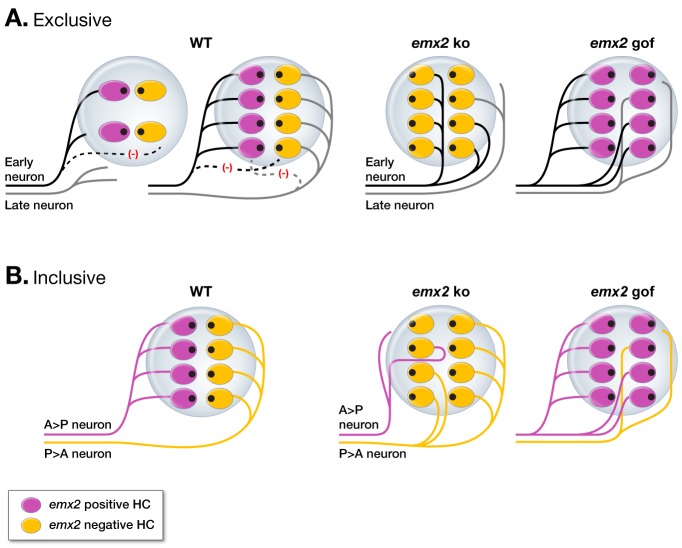Figure 9. Models of the regulation of afferent innervation patterns in the zebrafish neuromast.
(A) An Emx2 exclusive model. The first neuron (black) that reaches a normal neuromast innervates an Emx2-positive HC (magenta) due to specific downstream effectors of Emx2, which then set up the neuron’s preference for similar HCs. As Emx2-positive HCs become occupied, a late arriving neuron (gray) starts to innervate the unoccupied Emx2-negative HCs (yellow). Subsequent cross-inhibition between the early and late neurons may help to maintain the segregated pattern of innervation. In emx2 mutants, the first neuron (black) that reaches the neuromast becomes a major neuron. As HCs become occupied, a later arriving neuron (grey) finds fewer available HCs and becomes a minor neuron. (B) In the Emx2 inclusive model, two intrinsically different types of neurons innervate the neuromast. Due to their molecular determinants, an A > P neuron (magenta) prefers A > P HCs (magenta) and a P > A neuron (yellow) prefers P > A HCs (yellow), thus establishing the directional selectivity of neurons. In emx2 ko neuromasts, a P > A neuron (yellow) expands its innervation pattern due to the increase in P > A HCs and becomes a major neuron, whereas an A > P neuron finds fewer P > A HCs and forms a few synapses with P > A HCs (or not). By contrast, in emx2 gof neuromasts, an A > P neuron becomes a major fiber and a P > A neuron forms a minor neuronal fiber.

